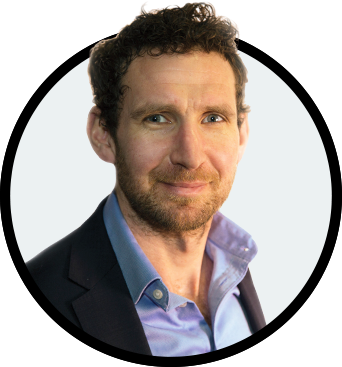From elite endurance athlete to victorious cyclor is quite the transformation, and if you’re thrown by the latter term, you won’t be alone – turn the clock back a few years and Dougal Allan would have shared your bemusement.
But now Allan is not just a bonafide cyclor – a portmanteau of cyclist and sailor that describes the pedalling powerhouses who help drive the hydraulic systems on yachts – but as an America’s Cup winner, he’s one of the finest in the world.
The former Coast-to-Coast adventure race winner and professional IRONMAN® triathlete progressed through gruelling testing to earn his place on Emirates Team New Zealand’s all-conquering team, but it was only when he arrived in Barcelona for this summer’s regattas that he started to appreciate just how different this new challenge would be.
“We went for a bike ride, and this group of cyclists were heading towards us looking like a bunch of professional wrestlers in lycra,” he recalls. “As they went past, we recognised it was the American squad of cyclors. We hadn't paid too much attention to ourselves, but it dawned on us just how odd we all looked, these enormous figures on comparatively tiny road bikes!”

Qualifying for the America's Cup team
The cyclors are essentially the engine room of the yacht, providing the grunt work that powers the key systems, from directing the foil arms to changing the shape of the mainsail. To be competitive at the elite level, each cyclor must have the ability to hold 400 watts consistently over a 25-minute race (try that on your turbo trainer at home) and be able to spike to double or sometimes triple that effort to enable the yachts to skim the water at around 50 knots – almost 60mph.
Introduced to the America’s Cup, the world’s oldest sporting competition, in 2017 to replace grinders – sailors who would drive the hydraulics with hand winches – cyclors were banned for the 2021 contest before being controversially allowed to return. Four cyclors from a final squad of nine would power Team New Zealand’s AC75 foiling monohull racing yacht called Taihoro – a Maori verb meaning “to move swiftly as the sea between both sky and earth” and as such, they needed to be big, powerful men.
Alongside the 39-year-old Allan were three more newcomers; three-time Olympic rowing champion and cycling national time trial champion Hamish Bond, former pro cyclist Louis Crosby, and rower Cameron Webster.
They would join established talent, such as former track cyclist Simon van Velthooven and Marius Van Der Pol, who holds the Kiwi 500m indoor rowing record. Despite bulking up to 90kg, Allan remained the skinny, multisport runt of the litter, and while each athlete had their own glittering palmares, the one thing they had in common was an ability to churn out the sort of power numbers that would take your breath away.
To earn his place on the team, Allan had stopped adventure racing last year and dedicated an eight-week window to train for six-second, 30-second and 20-minute power tests, and a race simulation where he’d sprint for 10 seconds every minute for 25 minutes. The numbers were then crunched to see who would make the cut, and while it wasn’t known at the time, topping the 20-minute test gave an early insight that Allan would be one of the most critical members.
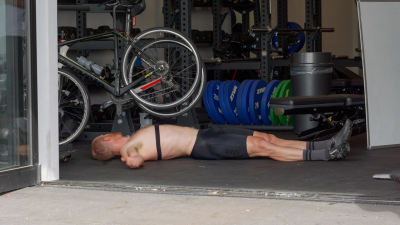
“I've realised a lot of people are interested because we were sort of hidden away, and there wasn't too much intel,” Allan says. “Of course, you've got the teams having quite a secretive approach to what they're doing and how they're doing it. But it's all said and done now, so I can talk a little more openly about it.”
Hidden away hardly does it justice. The spectators could hardly get a glimpse of the cyclors in action either. While the cockpits had to be left open for safety reasons, each cyclor was still positioned, head down, in a tiny onboard cavity with almost no airflow. With G forces throwing them around the boat likened to a “small Cessna aeroplane flying at a very low altitude” by two-time America’s Cup winner Joseph Sullivan, it created a unique set of demands.
The America’s Cup is a match race between the holders and the best of the challengers: for 2024 that would be Team New Zealand versus the fearsome Ben Ainslie-skippered INEOS Britannia, who had seen off the Italians, Americans, Swiss and French in the precursory Louis Vuitton Cup the month before.
Alongside Bond, Allan was one of only two ever-presents for the nine races, including three double days in what would be a week-long tussle. That he wasn’t replaced, not even for the second race of a day when there was a little more than a half-hour break, illustrates how the event didn’t play out exactly as expected – not easier, as such, but not as stochastic.
There was still the occasional day where the perceived effort score hit maximum – “we'd always give our coach an RPE out of 10, and there was one race where it was a unanimous 10. We all blew up and hung on for dear life” - but calmer conditions meant Allan’s skillset was ideal.
“The need was for a threshold type rider, someone who can stay at a steady, high output,” he explains. “Hamish and I are just basically threshold riders. We don't have very impressive sprint power, but if you just need 300-500 watts on repeat, we can generally provide that.”
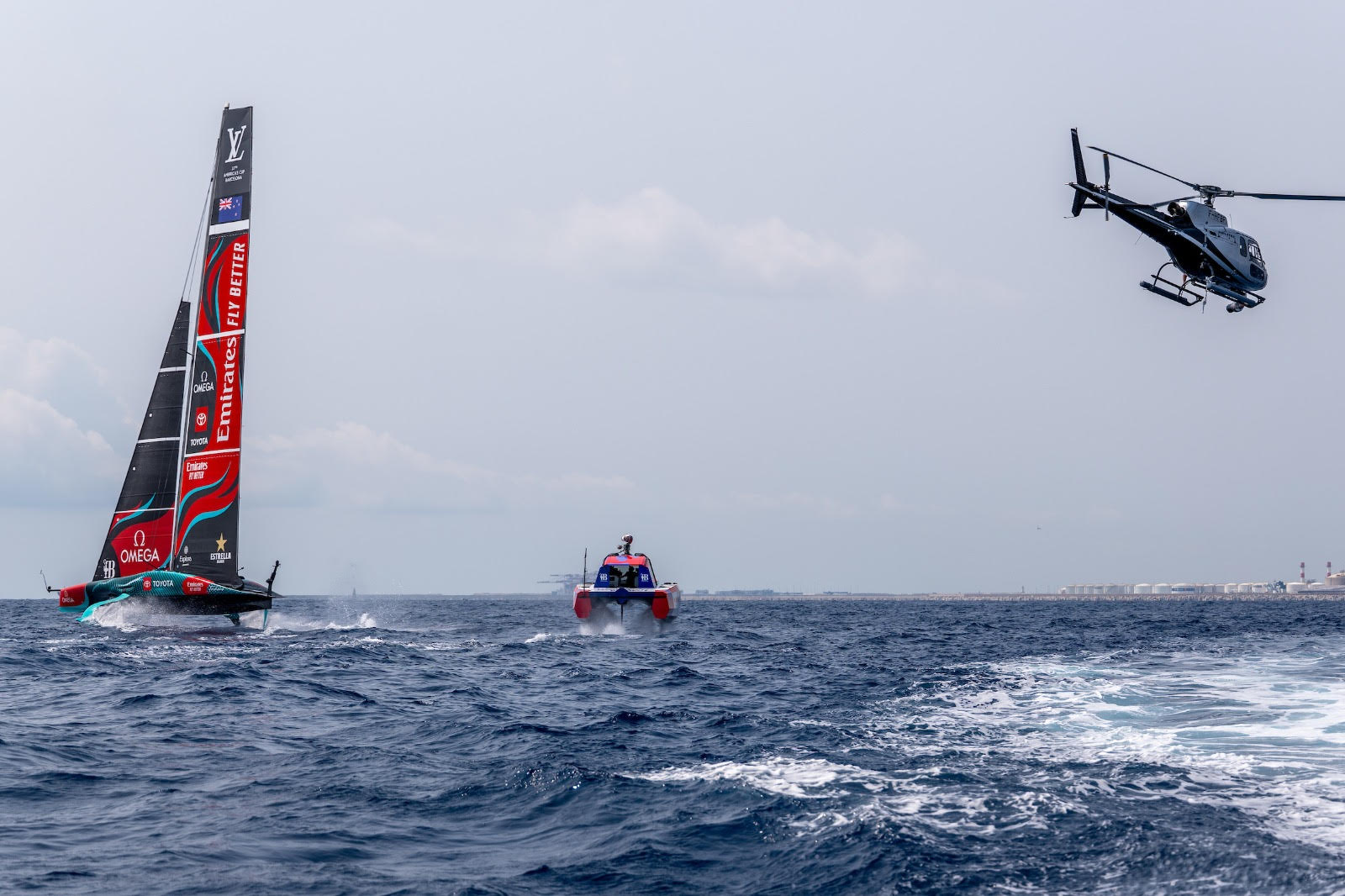
Fueling the America's Cup
If the instability of being out on the ocean was one challenge, another was the inability to cool down. In contrast to the breeze in a cycling time-trial on the road or even a cooling fan in the gym, at 30°C / 86°F in the Mediterranean, there was no respite to keep body temperature in check. Allan estimates he would lose around four litres per hour, with little opportunity to rehydrate.
“The heat in the cockpit was something else, but the practicality of drinking while you were sailing was limited,” he explains. “I had one little 200 millilitre pocket flask, but it's one thing to carry it and another to actually consume it while you're pedalling at threshold. So, pre-hydration was really important and I had a tried and trusted method. I'd drink 500 millilitres (~16oz) of water with a PH 1500 electrolyte tablet within an hour of sailing, and it would carry me through.”
On the three days of double headers, Allan didn’t leave the boat between races, and had learnt in practice that he needed to be just as diligent with his refuelling during this time as he was following orders when the race was on.
“If the weather was allowing for a normal turnover, it was 37 minutes between races,” he says. “In the first couple of round-robin races before the America’s Cup, I would eat and drink quite socially, chatting away, but I quickly learnt that I needed to be focused during that period, because it was hard to replenish and also stock up a little bit of surplus before starting the next race. Thirty-seven minutes goes by pretty quick, so I was probably going for more of the PF Carb & Electrolyte Drink Mix because my glycogen had plummeted. I also liked the odd banana and a PF 30 Energy Chew because it gave me that satiety type response.”
“Often just before moving into the pre-start, I would take a PF 30 Gel as a little top up. The pre-start is often the hardest part of the entire race. There are all these manoeuvres taking place as the boat's jostle for position. So, you can burn through a lot of glycogen before you even cross the start line.”
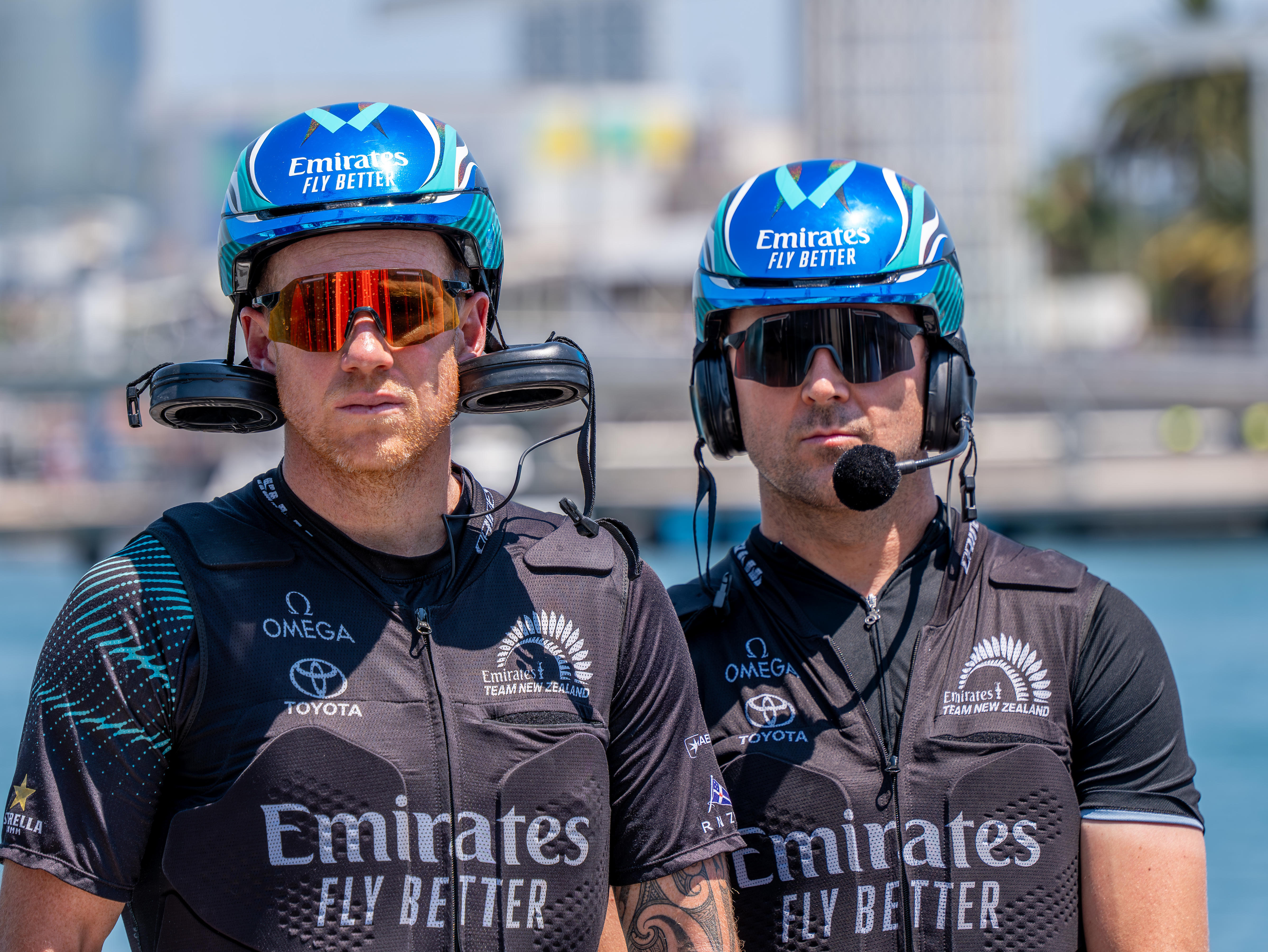
You can't buy success
Starting on October 12, Team Emirates New Zealand had surged into a four-nil advantage before INEOS Britannia hit back to win two in a row. Undaunted, the Kiwis won the next three races to make it an unprecedented three America’s Cup wins in a row in the modern era.
“Even when we dropped those two races, the sense within the team was calm and confident,” Allan adds. ”We talked about it a lot before racing started. That we were going to lose some races and would be put in some high stress situations, but that's exactly what we've prepared for.
“It was an inspiring environment to be exposed to and transferable skills for me to take forward in life, but it was also hard earned. So many people had ticked so many boxes before we started that I expected everything that took place. That's not because I'm some sort of genius who understands the world of sailing, it's because the team had the experience and spent so much time describing to me what was coming that when it did happen, it felt familiar.”
In many ways it typified the old adage, train hard, race easy. The hours spent on leg presses, sled pulls and heavy squats, building the body that would get Allan through trialling and eventually on to the boat, would be rewarded with the adrenaline numbing the discomfort when it came to the true test. “Yes, it was exhilarating,” he says. “If I did those sessions in training in the gym, I’d come away exhausted, but when you're in the spotlight of the world's biggest sailing stage, it doesn't hurt quite as bad. I get it.”
The added value was just how his nation had taken the competition to its hearts. The outpouring of joy over a first success when Allan was just 10 years old and growing up in Foxton on the north island remains fresh in the memory. The underdog spirit has been harnessed ever since; drawing strengths from different parts of New Zealand’s sporting heritage from track cycling to rowing, and even to rugby union, with the All Blacks’ Nic Gill first approaching Allan to see if he‘d consider trying out. It all comes together with a roster of around 150 highly talented and motivated individuals determined to make the fastest America’s Cup boat possible.
“It still blows my mind that you've got the guy who designs the sales and the hydraulic engineer and all these different parts, and that somehow they all fit together to make a boat that just sails really fast,” he adds. “It's amazing that they can coordinate so many intelligent brains, and it’s a cool environment to be part of.
“We’re always acutely aware that with INEOS or [Italian boat] Luna Rossa or [Switzerland’s] Alinghi, there's an almost limitless budget – they pour whatever they need into trying to create a race winning boat. So, I think there’s a cool message that comes out of the event. Things might change in the future, but as it stands, you can't necessarily buy success when it comes to sport. It's got so much more to do with so many other things.”
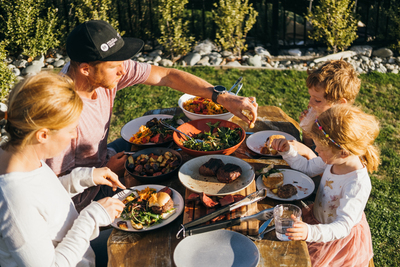
Where Allan heads next is back to his home in Wānaka to catch up on lost time spent as a father to his two children Flynn (10) and Matilda (8). Having been 10 times on the podium of the Coast-to-Coast adventure race and tasted success in professional long course triathlon – notably with two victories at Challenge Wanaka – his own endurance career isn’t top priority right now, although he says give it a decade and he might have a shot at the IRONMAN® World Championship in Hawaii.
“It only took a five-month stint in Barcelona for me to realise how lucky I was,” Allan says, of his return to Wanaka. “We’ve got the lake and the river and the mountains, so retirement shouldn’t be so bad.”
He’ll continue his coaching business and take advantage of opportunities that come his way, such as New Zealand’s Godzone Adventure Race, where in 2021 he raced non-stop over 660km and five days in a team that included fellow Coast-to-Coast legend and long-time friend Simone Maier, and a fairly well known All Black by the name of Richie McCaw.
“A huge highlight would have been spending that week with Richie, and being privy to the mindset that not only made him one of the greatest rugby players of all time, but also considered as one of our greatest captains and leaders too,” Allan reflects.
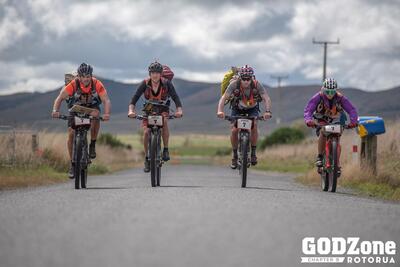
“There’s a lot to unpack in a week of racing together so I’d often use his sleep-deprived state to pounce and ask him questions. One example is that when things weren’t going to plan, he’d say: ‘Well, someone out there is having a worse day than us!’ I also remember asking him about what it was like running on to the field to play South Africa, who are known to be these huge physical brutes. I could tell he enjoyed being asked that question and smiled when he said: ‘We had a few enforcers of our own in that team.’
“It was the quiet confidence, the sense of a man who would back himself in any battle. A lot of people in his position would take the stance that they’ve achieved so much they must know everything, but there was also just a real rounded humbleness to him. He knew his way around an adventure race for sure, but in the presence of Simone and I he was so open to learning and understanding more about the sport.”
If that willingness to work hard, stay humble, keep an open mind and always be ready to learn, was a lesson that Allan took with him into the role of cyclor, then it didn’t work out too bad after all.
